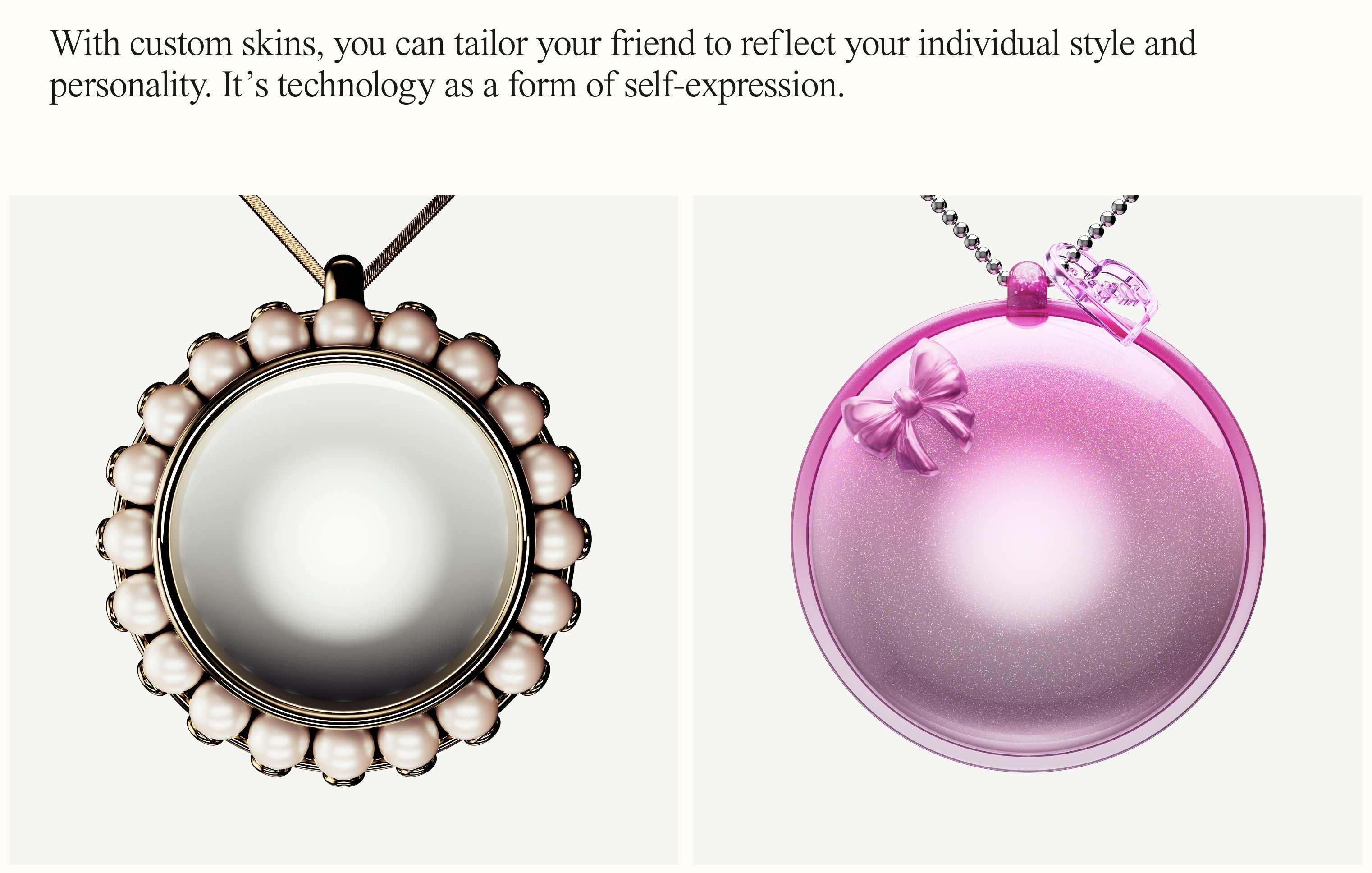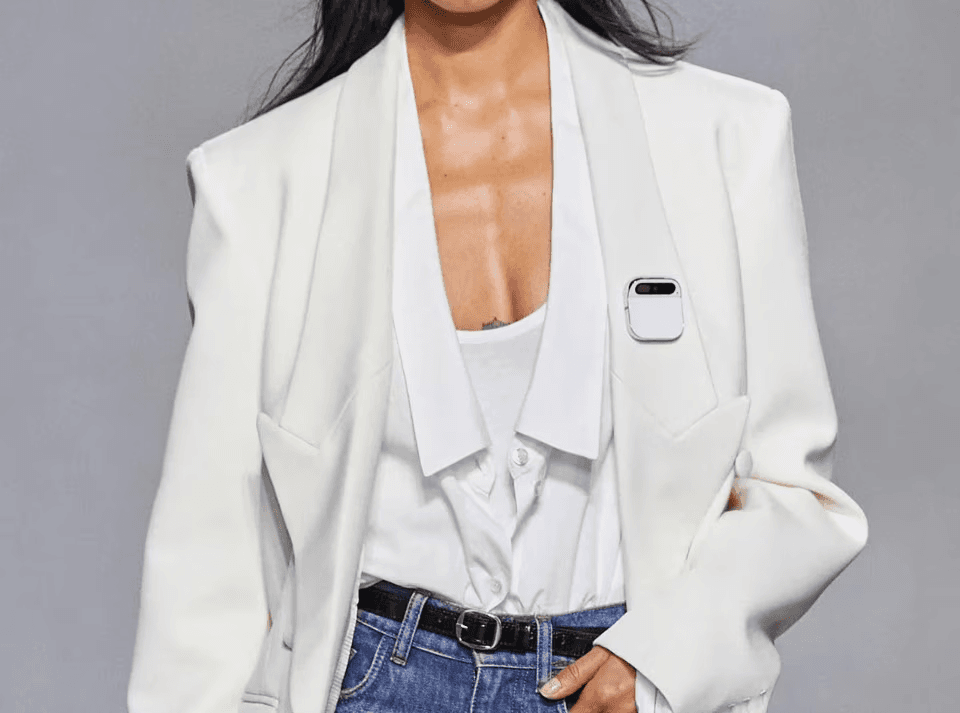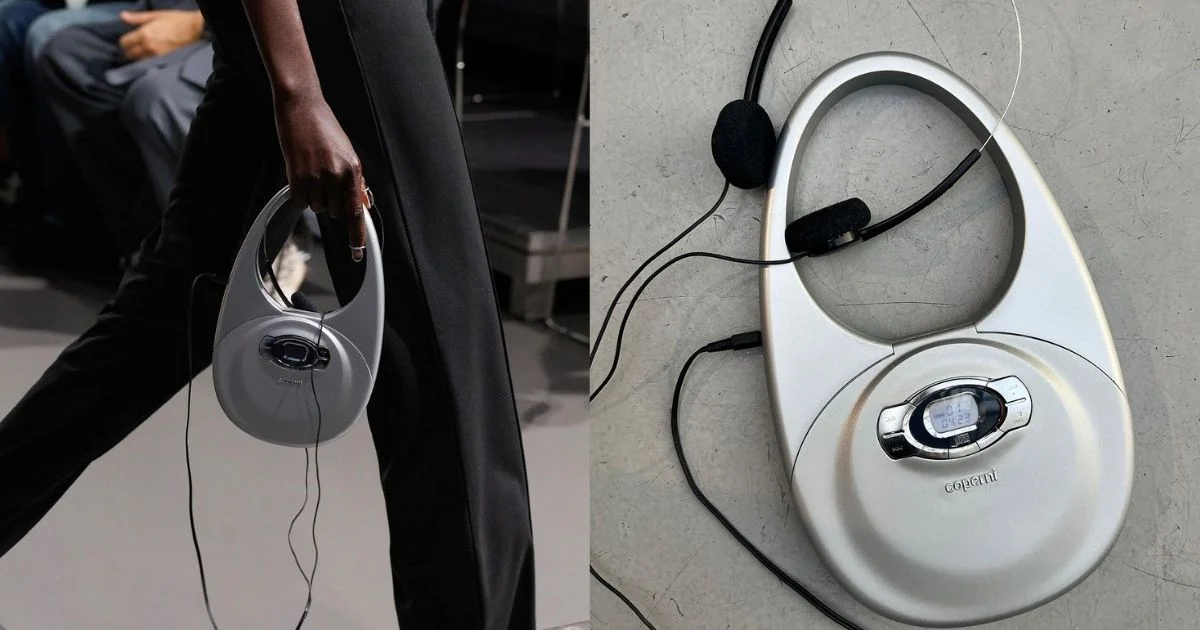Published
30 October, 2024
by
Andrea Fanelli
The marriage between fashion and technology
Our lifestyle comes down to our relationship with products. The objects we own and the clothes we wear can say a lot about us. Soon this distinction will become increasingly subtle.
Clothing will become the interface. We spend so much time in our clothes all our life long. Fashion is the most intimate relationship we have with an object.
Mobile technology entered our pockets, staying with us at all times. Now that it’s wearable it will be closer and closer to our bodies, removing that level of disconnection that a phone or watch possesses. It's inevitable not to think about its relationship with fashion and how the two disciplines can influence each other.

What we buy and wear is who we are
Whether we want it or not, we are status-seeking individuals and often we don't even notice it. The actions we do every day are a way of signaling something about ourselves. We want to be recognized and recognize people who are like us in order to feel part of something.
So when we wear a luxury accessory or use an expensive tech product we are implicitly communicating something to others. A premium phone has essentially the same functionalities as one with a lower price tag. The difference lies in the perception and care the brand has put into crafting this product.
Fashion has always been a way to communicate status, but it also plays a key role in communicating the inner self. Clothes, besides being an extension of our skin, are an extension of our personality. Even technology is a way to express your own style. The products you own tell as much about you as the clothes you wear.

This is technology as style and as a form of self-expression ("Friend" concept by Modem, 2024)
Technology should imitate fashion
Among the AI gadgets released this year, there isn’t one that is positioned as a fashion item. The expectations of these products have been disappointing for the public. Maybe they would have had a different effect if they had given these products a personality, making them more appealing to the audience. Many wearables I’ve seen don’t have one and adding color is not enough; it’s style that is lacking.

Humane made a good move by unveiling their product during a Coperni show in Paris but then they stopped there. Users are designing concepts that can solve the wearability problem, creating purpose-built garments.
Coperni is a brand that has distinguished itself for making technology-infused fashion. They use a retro-futuristic approach and tech is in the way they approach color or style. You can tell the founders are devotees of Steve Jobs' brand (the Swipe Bag is inspired by the act of swiping on the iPhone)

Not to forget Prada who collaborated in the past with LG to make the first smartphone (released a few months before the iPhone) or even the wearable belt with American Express to pay NFC with your wrist.
Personalization = Wear something that represents you
This merge will pass through accessories first. If you look at the Apple Watch it sits right at the intersection between luxury, fashion and tech, or at least that is the initial vision Jony Ive wanted for the product (now it's more something related to sports).
When it comes to wearable accessories we don’t want all the same things. Everybody wants something different. This explains why you can customize it with different bands to better express your personality.
Designing a tech accessory that goes on your wrist or in your ears is not easy, you are going to compete with products that occupy that space and are usually from luxury brands. So it’s necessary for it to become an object of desire and to be aesthetically pleasing. If not, the user will think, “this doesn't belong on my skin.”

Customization is a way to add personal value to an object and make it more our own. Designing our personality and not just expressing it.
Form follows feeling
If technology becomes invisible in the future, detaching our dependence on screens, this fusion of garment and tech could be a way to bring us back in touch with our senses.
In the end, it all comes down to the way we experience things. The source of everything lies in our senses. Products and clothes are instruments through which we can deliver emotions.
The key is to design for feelings and sensations that these future products can give. The goal is to achieve a deeper connection with the world around us, and design should help people become more aware of their own existence.

Networked Intimacy research paper by Modem (Image by Maxime le Grelle)
Published
30 October, 2024
by
Andrea Fanelli
The marriage between fashion and technology
Our lifestyle comes down to our relationship with products. The objects we own and the clothes we wear can say a lot about us. Soon this distinction will become increasingly subtle.
Clothing will become the interface. We spend so much time in our clothes all our life long. Fashion is the most intimate relationship we have with an object.
Mobile technology entered our pockets, staying with us at all times. Now that it’s wearable it will be closer and closer to our bodies, removing that level of disconnection that a phone or watch possesses. It's inevitable not to think about its relationship with fashion and how the two disciplines can influence each other.

What we buy and wear is who we are
Whether we want it or not, we are status-seeking individuals and often we don't even notice it. The actions we do every day are a way of signaling something about ourselves. We want to be recognized and recognize people who are like us in order to feel part of something.
So when we wear a luxury accessory or use an expensive tech product we are implicitly communicating something to others. A premium phone has essentially the same functionalities as one with a lower price tag. The difference lies in the perception and care the brand has put into crafting this product.
Fashion has always been a way to communicate status, but it also plays a key role in communicating the inner self. Clothes, besides being an extension of our skin, are an extension of our personality. Even technology is a way to express your own style. The products you own tell as much about you as the clothes you wear.

This is technology as style and as a form of self-expression ("Friend" concept by Modem, 2024)
Technology should imitate fashion
Among the AI gadgets released this year, there isn’t one that is positioned as a fashion item. The expectations of these products have been disappointing for the public. Maybe they would have had a different effect if they had given these products a personality, making them more appealing to the audience. Many wearables I’ve seen don’t have one and adding color is not enough; it’s style that is lacking.

Humane made a good move by unveiling their product during a Coperni show in Paris but then they stopped there. Users are designing concepts that can solve the wearability problem, creating purpose-built garments.
Coperni is a brand that has distinguished itself for making technology-infused fashion. They use a retro-futuristic approach and tech is in the way they approach color or style. You can tell the founders are devotees of Steve Jobs' brand (the Swipe Bag is inspired by the act of swiping on the iPhone)

Not to forget Prada who collaborated in the past with LG to make the first smartphone (released a few months before the iPhone) or even the wearable belt with American Express to pay NFC with your wrist.
Personalization = Wear something that represents you
This merge will pass through accessories first. If you look at the Apple Watch it sits right at the intersection between luxury, fashion and tech, or at least that is the initial vision Jony Ive wanted for the product (now it's more something related to sports).
When it comes to wearable accessories we don’t want all the same things. Everybody wants something different. This explains why you can customize it with different bands to better express your personality.
Designing a tech accessory that goes on your wrist or in your ears is not easy, you are going to compete with products that occupy that space and are usually from luxury brands. So it’s necessary for it to become an object of desire and to be aesthetically pleasing. If not, the user will think, “this doesn't belong on my skin.”

Customization is a way to add personal value to an object and make it more our own. Designing our personality and not just expressing it.
Form follows feeling
If technology becomes invisible in the future, detaching our dependence on screens, this fusion of garment and tech could be a way to bring us back in touch with our senses.
In the end, it all comes down to the way we experience things. The source of everything lies in our senses. Products and clothes are instruments through which we can deliver emotions.
The key is to design for feelings and sensations that these future products can give. The goal is to achieve a deeper connection with the world around us, and design should help people become more aware of their own existence.

Networked Intimacy research paper by Modem (Image by Maxime le Grelle)

